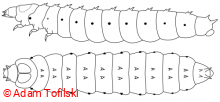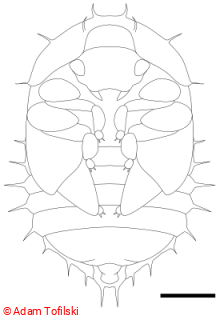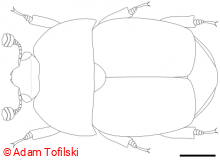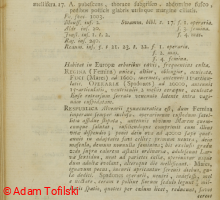Drone
- Read more about Drone
- Log in to post comments
Drone is a male of honey bee. In temperate climate drones are present in the colony during spring and summer. The main task of drones is to produce sperm and mate with a queen during mating flight. Drones develop from unfertilized eggs. The development occurs in drone cells but see also Rearing Drones in Queen Cells of Apis mellifera Honey Bees,
, Volume 60, Number 2, p.119–128, (2016)
[1]. Drones differ from queens and workers not only in anatomy and behaviour but also in physiology Differences in drone and worker physiology in honeybees (Apis mellifera),
, Volume 36, Number 2, p.255-277, (2005)
[2].
Review: The biology and behaviour of drones,
, Volume 68, Number 3, p.129–143, (1987)
[3]Drones,
, Volume 138, Number 12, p.891–892, (1998)
[4]
- Read more about Drone
- Log in to post comments





